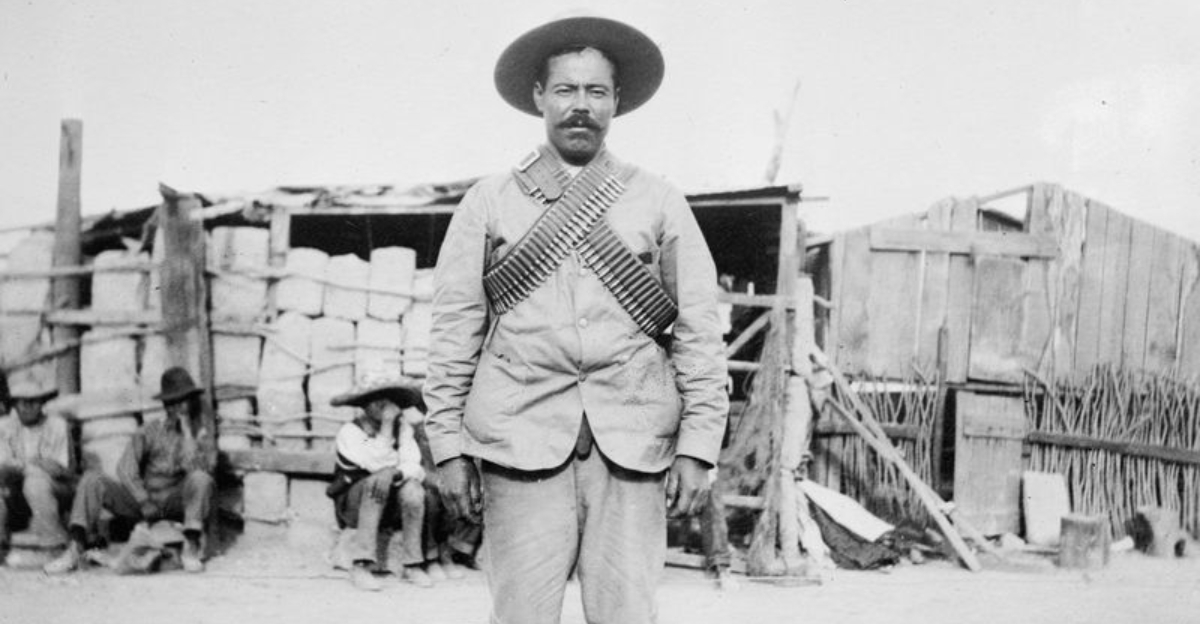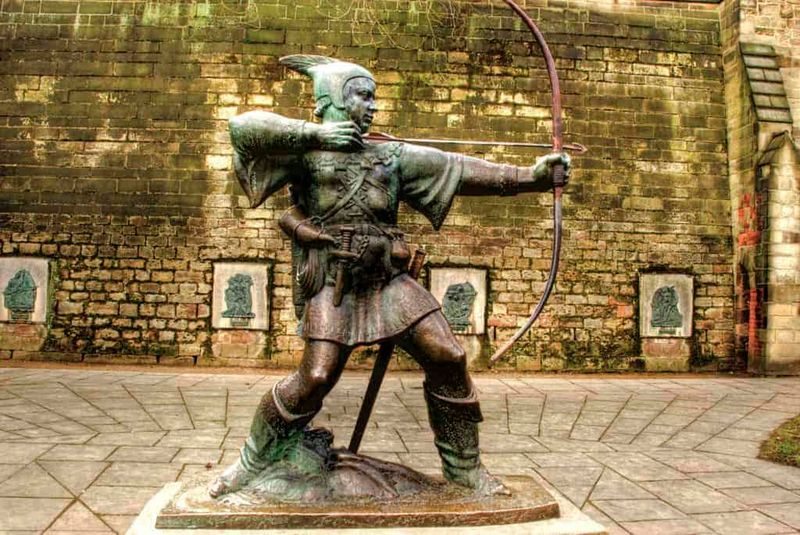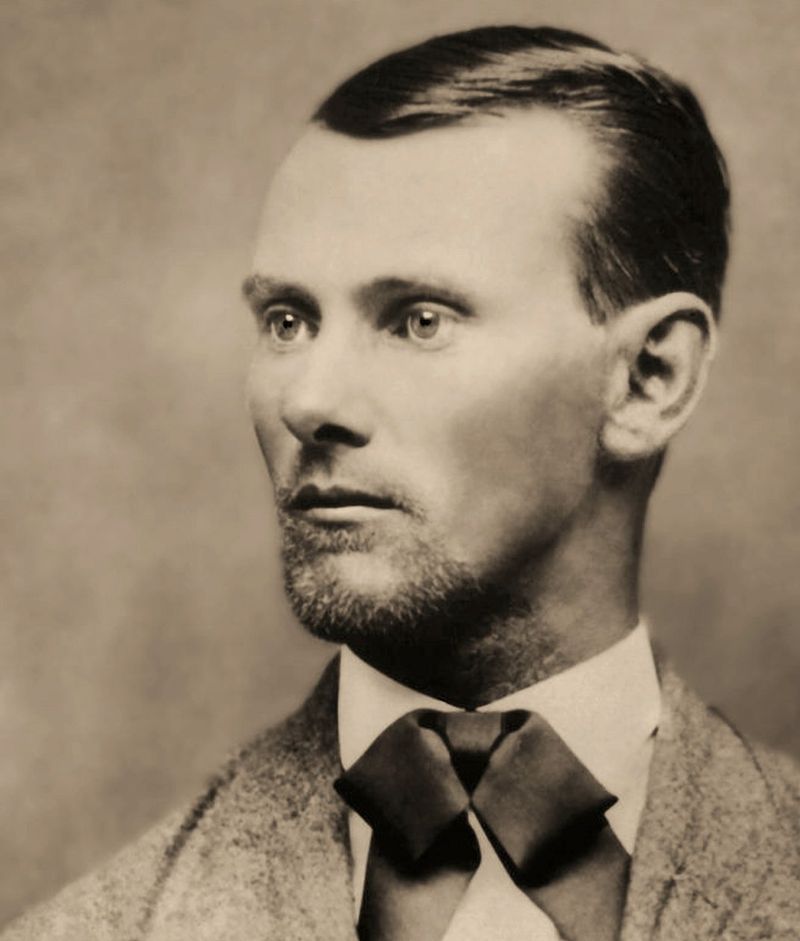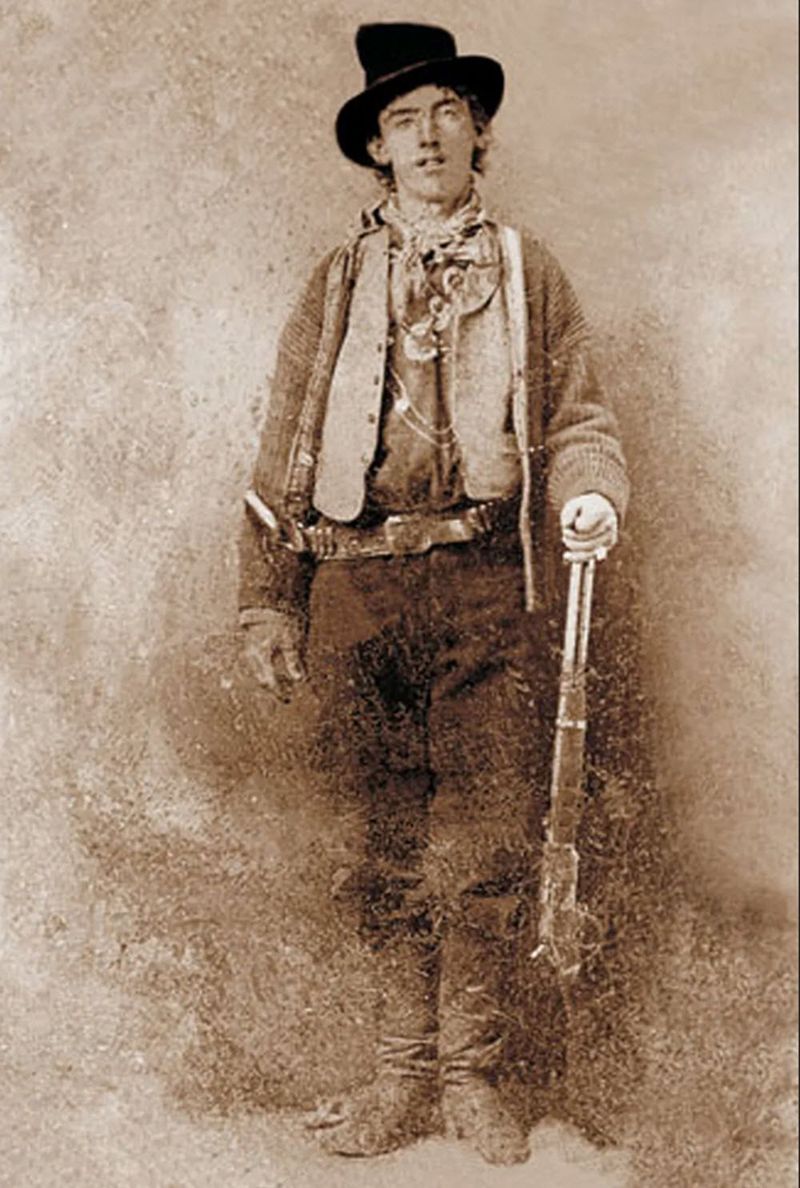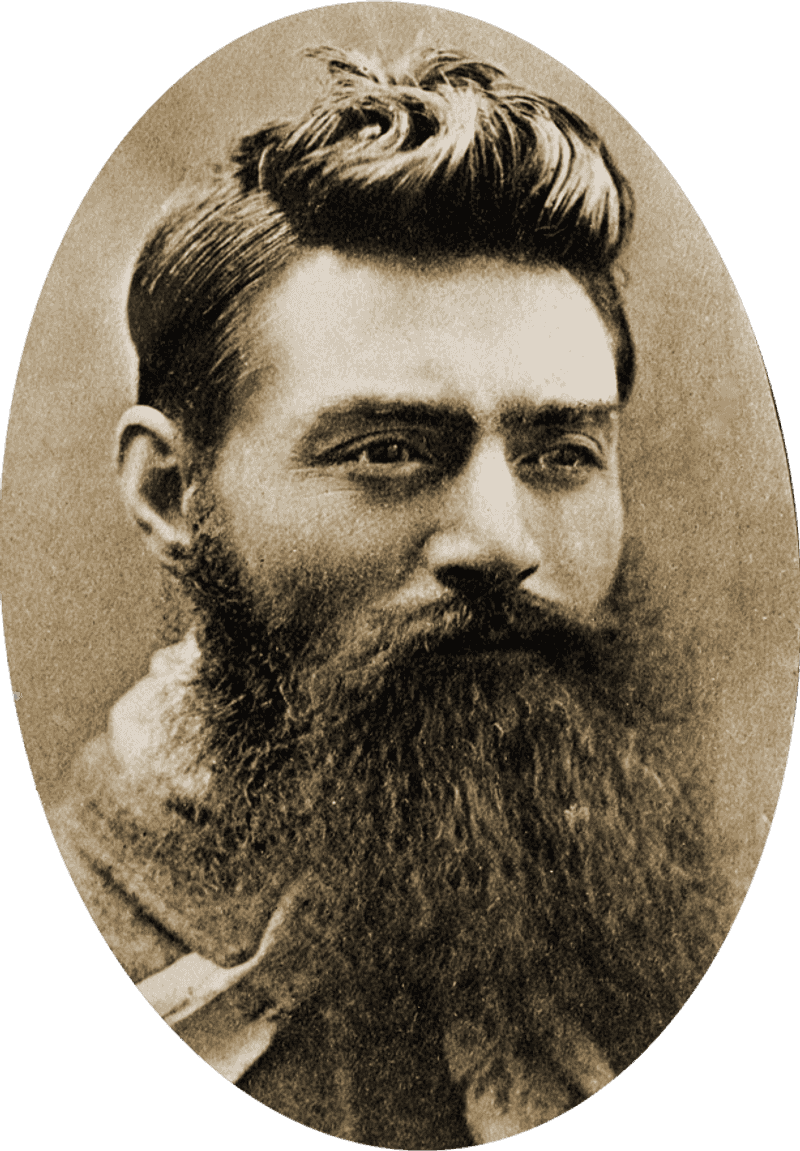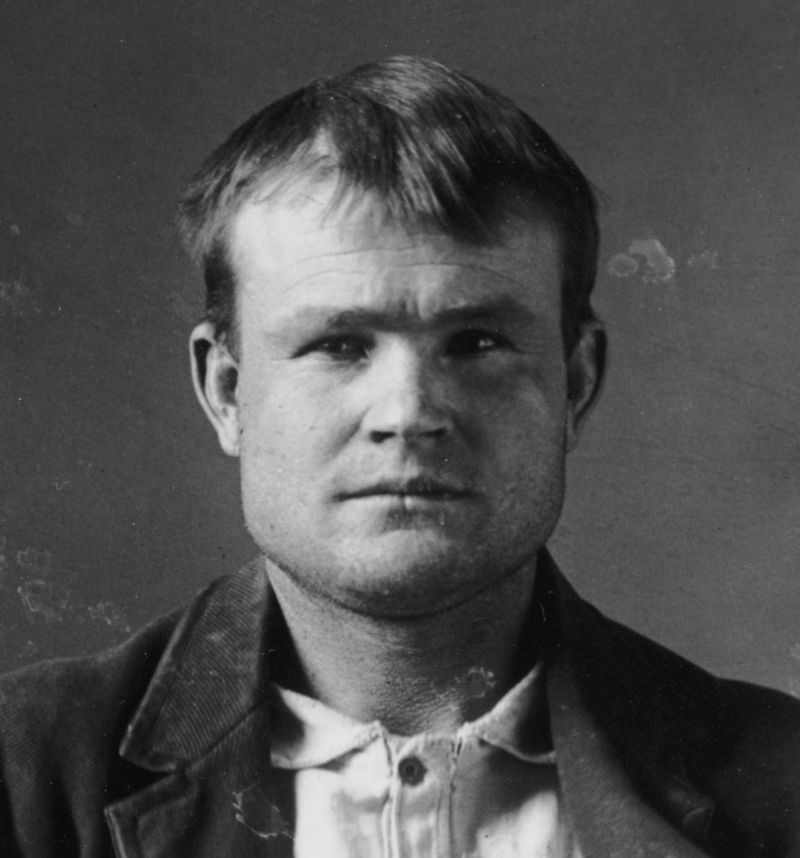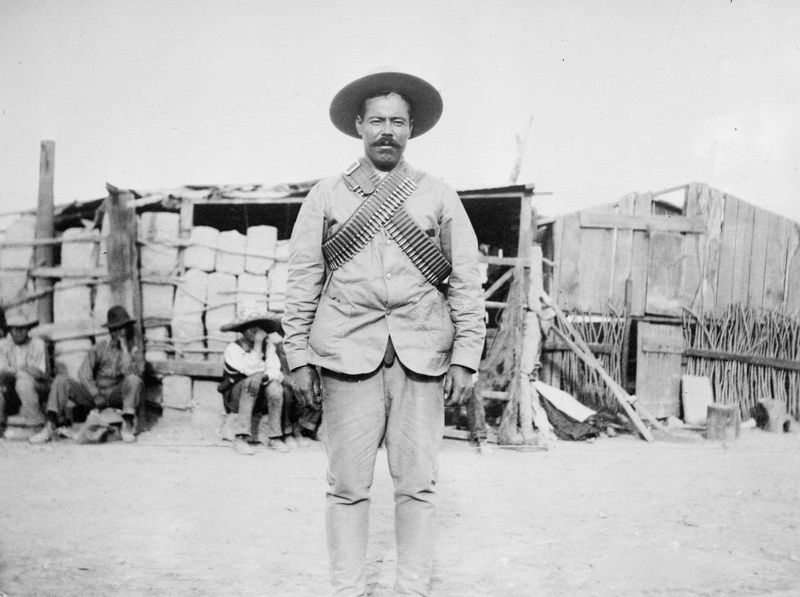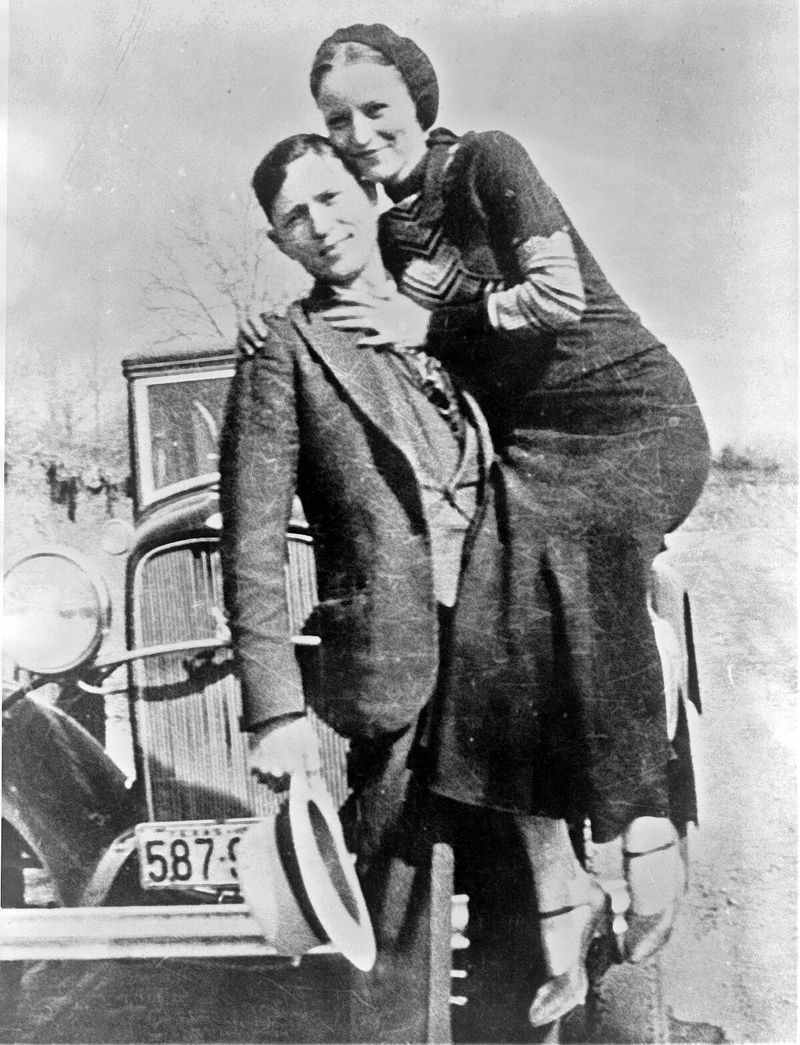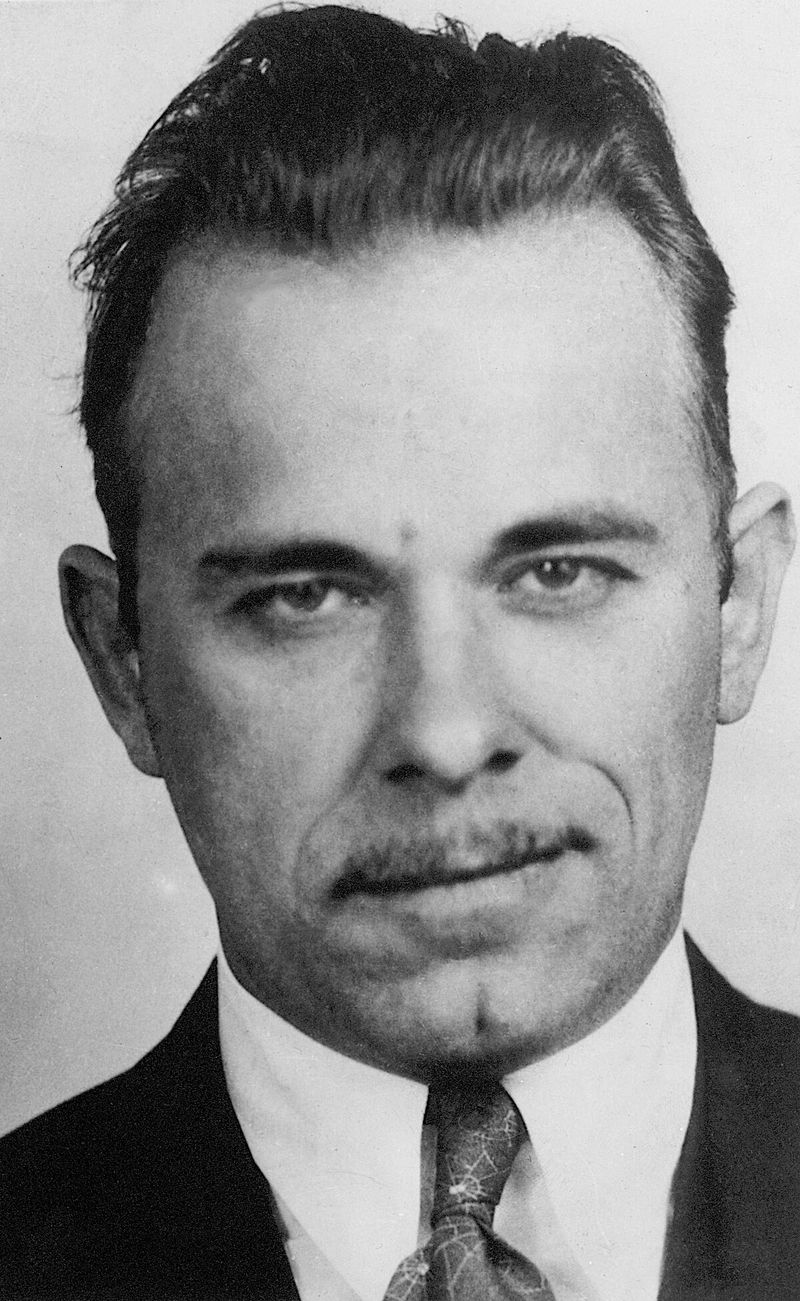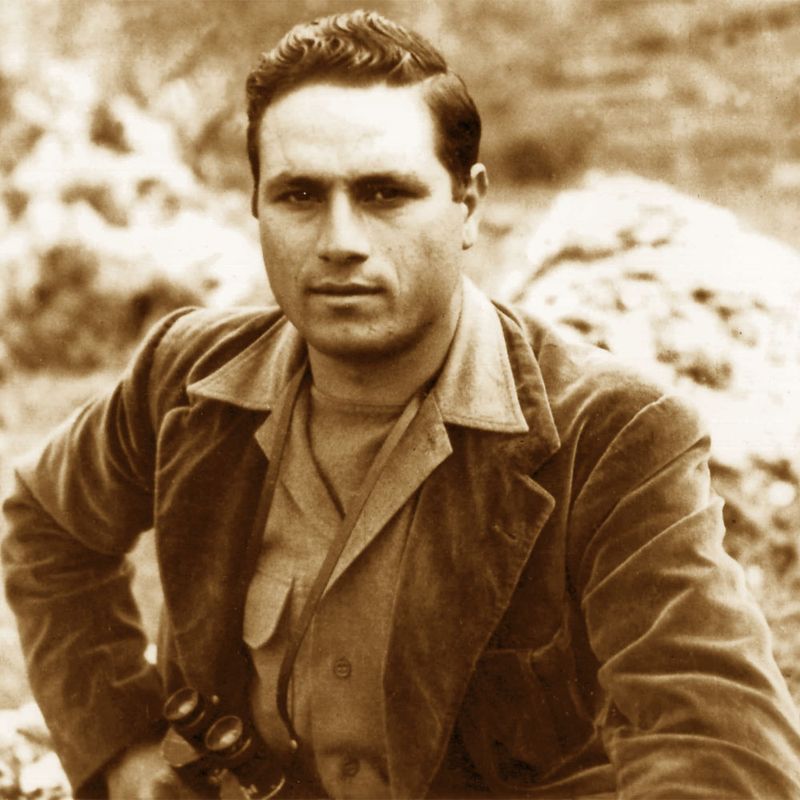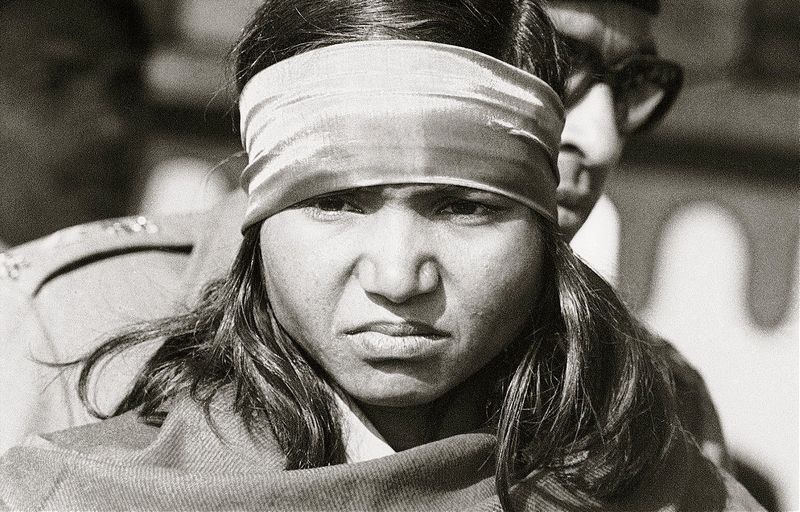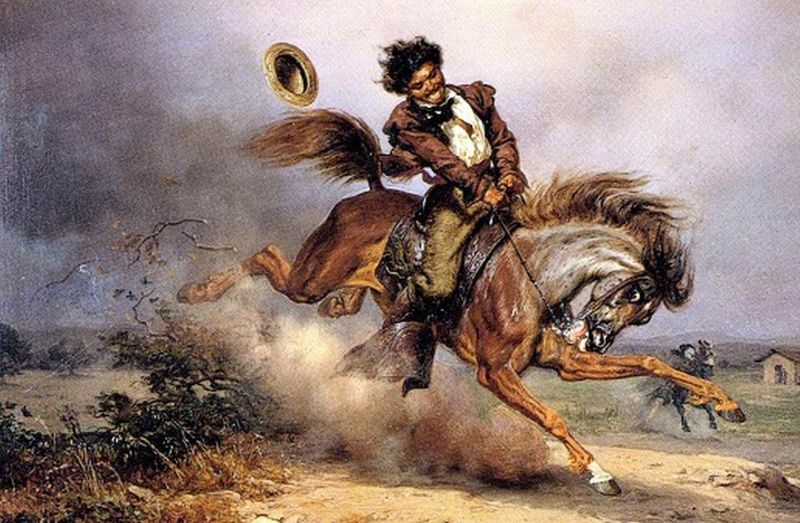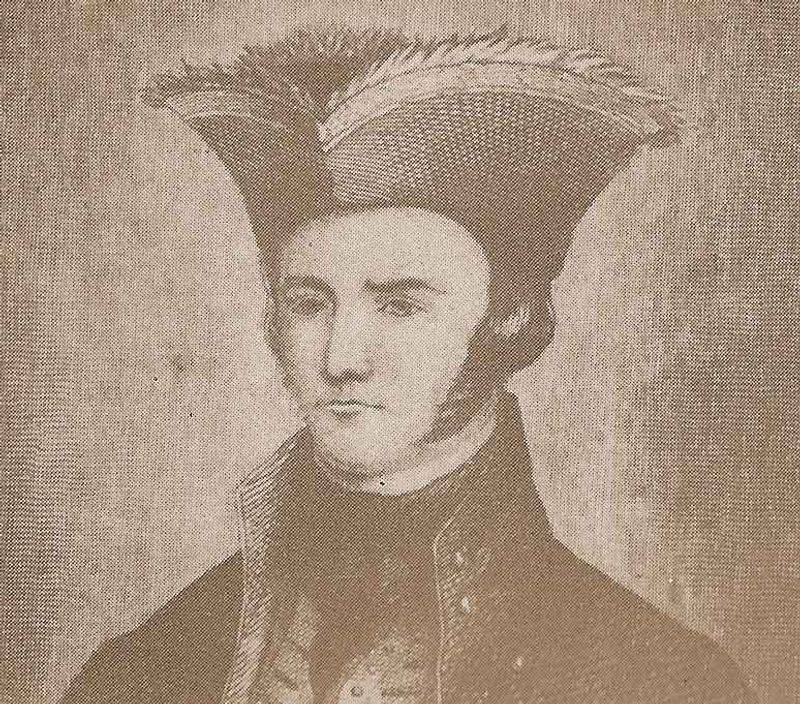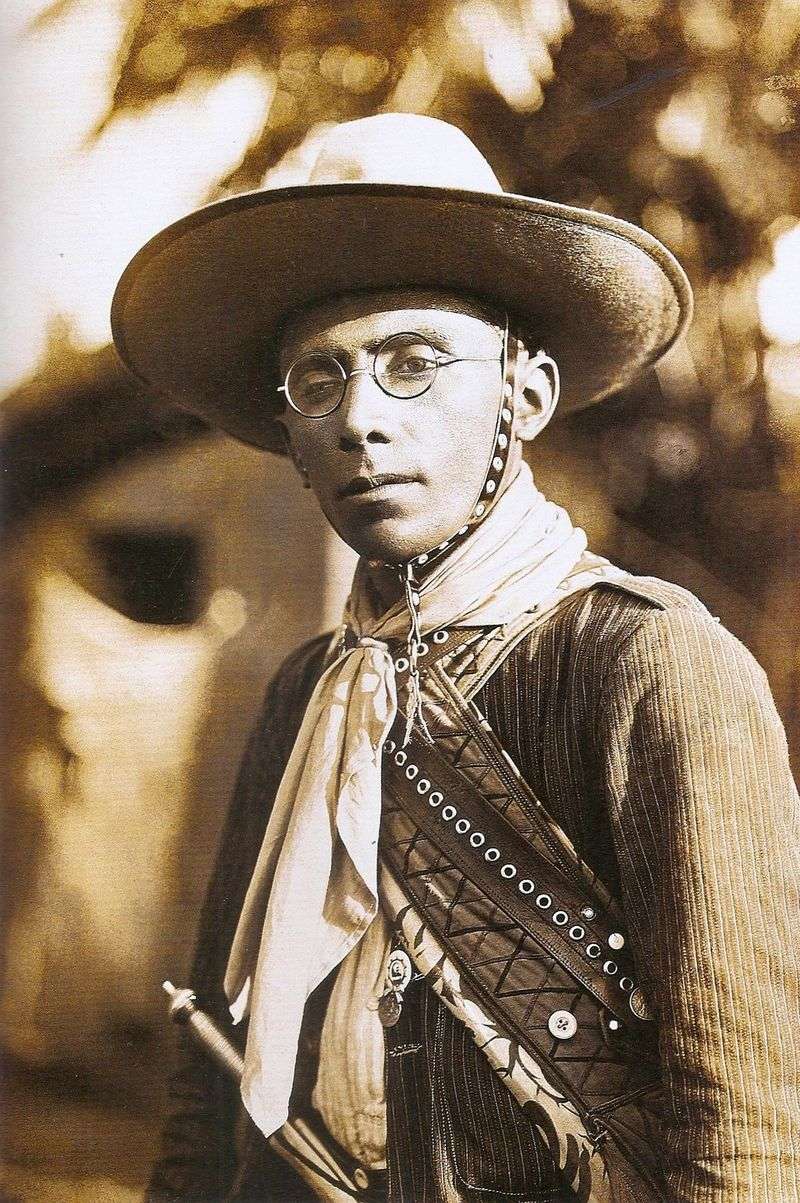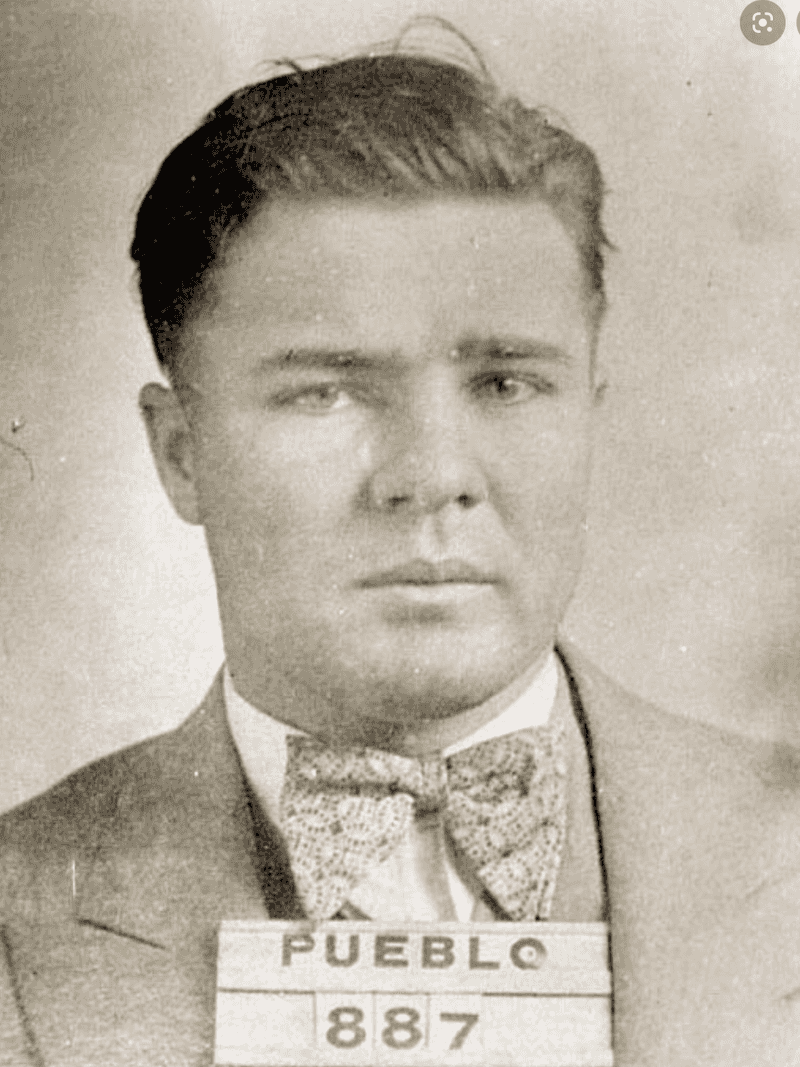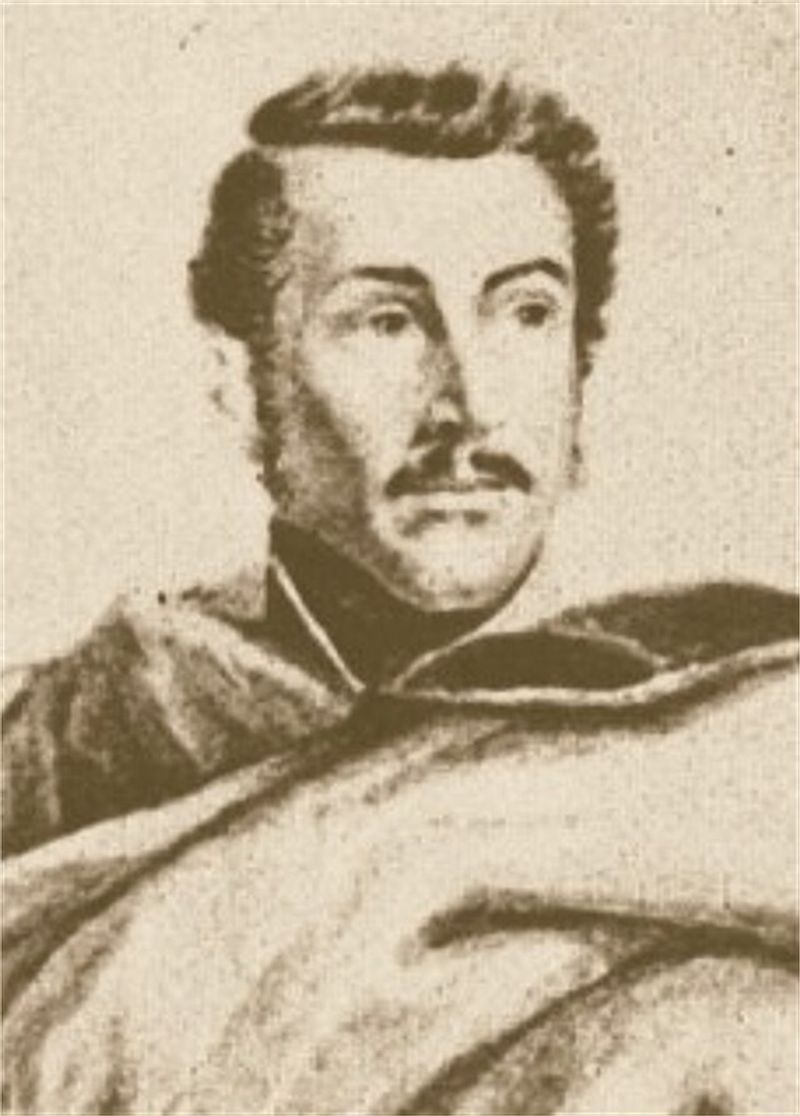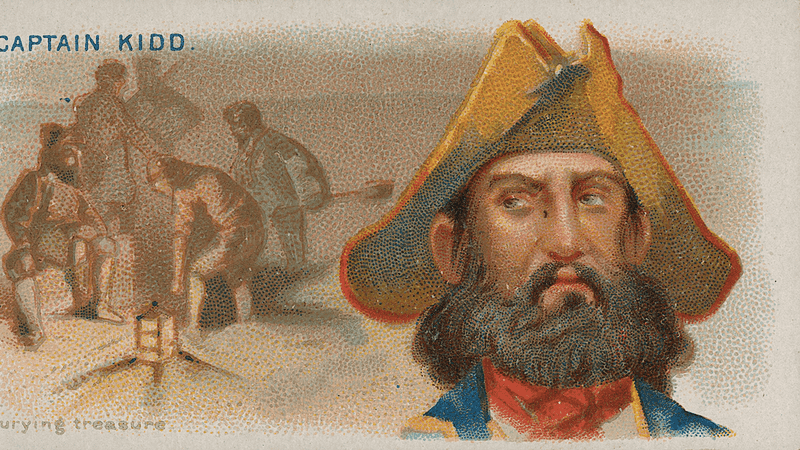The romanticized tales of outlaws who defied the law and became folk heroes have fascinated generations. Despite their criminal deeds, these figures are often celebrated for their audacity, charisma, or perceived fight against oppression. This article explores 16 such notorious outlaws, tracing the line between myth and reality, and showcasing how their legends have endured over time.
1. Robin Hood (Medieval England)
In the heart of medieval England, Robin Hood emerged as the quintessential outlaw hero. With his legendary skills in archery, he became the bane of the corrupt Sheriff of Nottingham, stealing from the affluent and sharing with the impoverished.
The tales of his exploits in Sherwood Forest have transcended time, molding a character that symbolizes resistance against tyranny. Though his existence remains debated, historians suggest that the legend may have stemmed from multiple medieval outlaws, each contributing to the enduring myth of Robin Hood.
2. Jesse James (1847–1882, USA)
Jesse James, a name synonymous with the Wild West, lived a life of lawlessness and rebellion. As the leader of the James-Younger Gang, he orchestrated daring bank and train robberies, becoming a symbol of Confederate vengeance in post-Civil War America.
Despite his violent acts, James’s legend as an anti-establishment rebel continued to grow, painting him as a folk hero fighting against the perceived injustices of his time. His story endures, captivating those who romanticize the era of gunslingers and outlaws.
3. Billy the Kid (1859–1881, USA)
Billy the Kid’s short life became a saga of youthful rebellion and myth. Known for his role in the Lincoln County War, he was depicted as a gunslinger with a penchant for cattle rustling.
Despite the tales of his lethal prowess, his actual kill count was likely fewer than a dozen. His life, filled with skirmishes and escapes, was romanticized, turning him into a symbol of the Old West’s lawless allure. The myth of Billy the Kid lives on, a tragic emblem of youth and defiance.
4. Ned Kelly (1854–1880, Australia)
Ned Kelly’s defiance against British colonial rule made him an Australian icon. Leading the notorious Kelly Gang, he embarked on a spree of bank robberies and police confrontations, culminating in a legendary last stand wearing homemade armor.
Revered as a working-class hero, Kelly’s story is one of rebellion against an oppressive regime. His homemade armor, now a symbol of resistance, captures the imagination, cementing his place as a folk hero in Australian history.
5. Butch Cassidy (1866–1908?, USA)
Butch Cassidy, known for leading the Wild Bunch, epitomized the charming bandit archetype. His escapades in robbing trains and banks were marked by a charismatic flair that endeared him to the public.
Cassidy’s rumored escape to South America added to his enigmatic persona, fueling tales of a gentleman outlaw who outsmarted the law. The legend of Butch Cassidy continues to intrigue, a testament to the enduring appeal of the Wild West’s outlaws.
6. Pancho Villa (1878–1923, Mexico)
Pancho Villa’s rise from bandit to revolutionary leader made him a cherished figure among Mexico’s poor. Commanding a guerrilla army, he fought against the dictatorship, using tactics that blurred the lines between outlaw and freedom fighter.
Villa’s ruthless strategies in war didn’t hinder his transformation into a national icon. His legacy as a folk hero is a complex tapestry of rebellion and reform, embodying the struggles and hopes of early 20th-century Mexico.
7. Bonnie & Clyde (1930s, USA)
Bonnie Parker and Clyde Barrow’s infamous crime spree captivated Depression-era America. The duo’s daring robberies and confrontations with law enforcement painted them as tragic lovers on a doomed adventure.
Their exploits were glamorized, transforming them into symbols of reckless youth challenging societal norms. Despite their criminal acts, Bonnie and Clyde’s story remains a romanticized tale of love and defiance, immortalized in popular culture.
8. John Dillinger (1903–1934, USA)
Dubbed “Public Enemy No. 1,” John Dillinger’s audacious bank heists made him a notorious figure during the Great Depression. Known for his clever escapes from prison, Dillinger’s exploits enthralled a nation seeking escape from economic woes.
His daring persona and criminal ingenuity elevated him to folk hero status, a reflection of the era’s disillusionment. Dillinger’s legend endures, a symbol of defiance against authority and the constraints of hardship.
9. Salvatore Giuliano (1922–1950, Italy)
Salvatore Giuliano emerged as a modern-day Robin Hood in post-war Sicily. As a bandit and separatist, he orchestrated attacks against the establishment, advocating for Sicilian independence.
Despite his violent methods, Giuliano was viewed by many as a hero fighting for the common man’s cause. His story, woven into Sicilian folklore, remains a compelling narrative of rebellion and regional pride.
10. Phoolan Devi (1963–2001, India)
Known as the “Bandit Queen,” Phoolan Devi’s journey from oppression to notoriety captured the world’s attention. Leading a gang in India’s rugged terrains, she sought vengeance against her abusers, becoming a symbol of retribution for the oppressed.
Her eventual turn to politics marked a dramatic transformation from outlaw to advocate for the marginalized. Phoolan Devi’s legacy remains a powerful testament to resilience and justice, echoing the struggles faced by many women in her homeland.
11. Joaquín Murrieta (1829–1853?, USA/Mexico)
Joaquín Murrieta’s tale straddles the border between fact and legend. Allegedly seeking revenge for injustices experienced during the California Gold Rush, he became a feared bandit and a symbol of resistance against Anglo oppression.
His exploits inspired the fictional character “Zorro,” perpetuating the myth of a Mexican avenger. Murrieta’s story endures as a narrative of defiance and cultural identity, resonating with those who challenge historical wrongs.
12. Dick Turpin (1705–1739, England)
Dick Turpin, a name synonymous with English highway robbery, captivated the public with tales of his daring exploits. Though his real-life actions were brutal, myths transformed him into a gallant rogue.
Stories of his legendary ride from London to York and his audacious crimes turned Turpin into a romantic figure in English folklore. His enduring appeal highlights the power of storytelling in shaping historical perceptions.
13. Lampião (1897–1938, Brazil)
Lampião, the notorious cangaceiro, led a band of outlaws across Brazil’s northeast, defying both lawmen and oppressive landowners. His life of crime was marked by guerrilla tactics and a fierce reputation.
Yet, folk songs and stories celebrate him as a rebel fighting against social injustice. Lampião’s legacy as a Brazilian folk hero underscores the complex interplay between outlawry and regional resistance.
14. Pretty Boy Floyd (1904–1934, USA)
Charles “Pretty Boy” Floyd captured the imagination of the American public during the Great Depression. His bank robberies were notorious, yet stories of him destroying mortgage papers earned him admiration from the working class.
Floyd’s enigmatic allure, combined with his criminal activities, painted him as a folk hero fighting against economic hardship. His story reflects the struggles and aspirations of those seeking justice in desperate times.
15. Carmine Crocco (1830–1905, Italy)
Carmine Crocco’s life as a brigand in post-unification Italy made him a symbol of southern resistance. Leading a band of rebels, he fought against Northern oppression, embodying the regional tensions of the time.
His brigandage was celebrated by many as a just cause for autonomy and dignity. Crocco’s legacy endures, a testament to the enduring struggle for identity and justice in Italy’s rugged south.
16. Kidd the Pirate (1645–1701, Scotland/USA)
Captain William Kidd’s transformation from privateer to pirate became the stuff of legend. Accused of piracy, his trial and execution were sensationalized, overshadowing his initial loyalty to the Crown.
Stories of Kidd’s buried treasure have fueled fantasies, making him an enduring figure of intrigue and rebellion on the high seas. His tale remains a captivating chapter in the annals of pirate lore.
